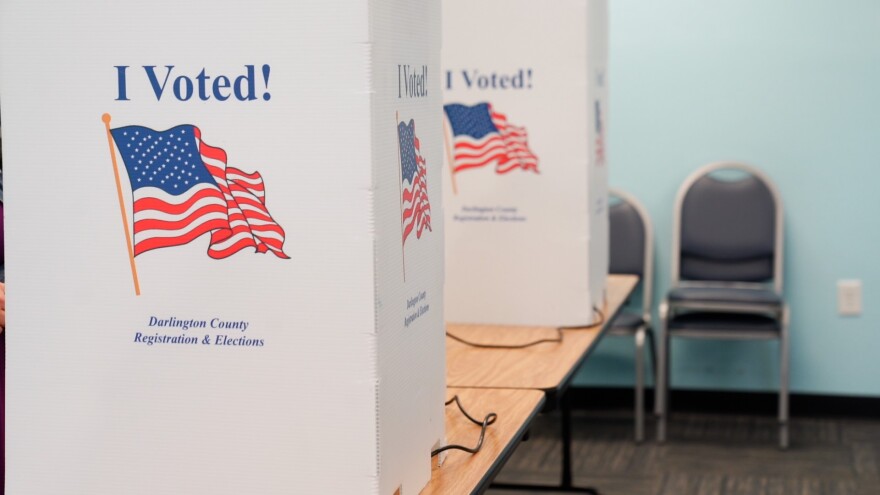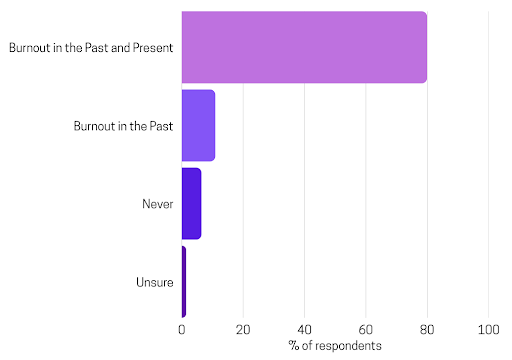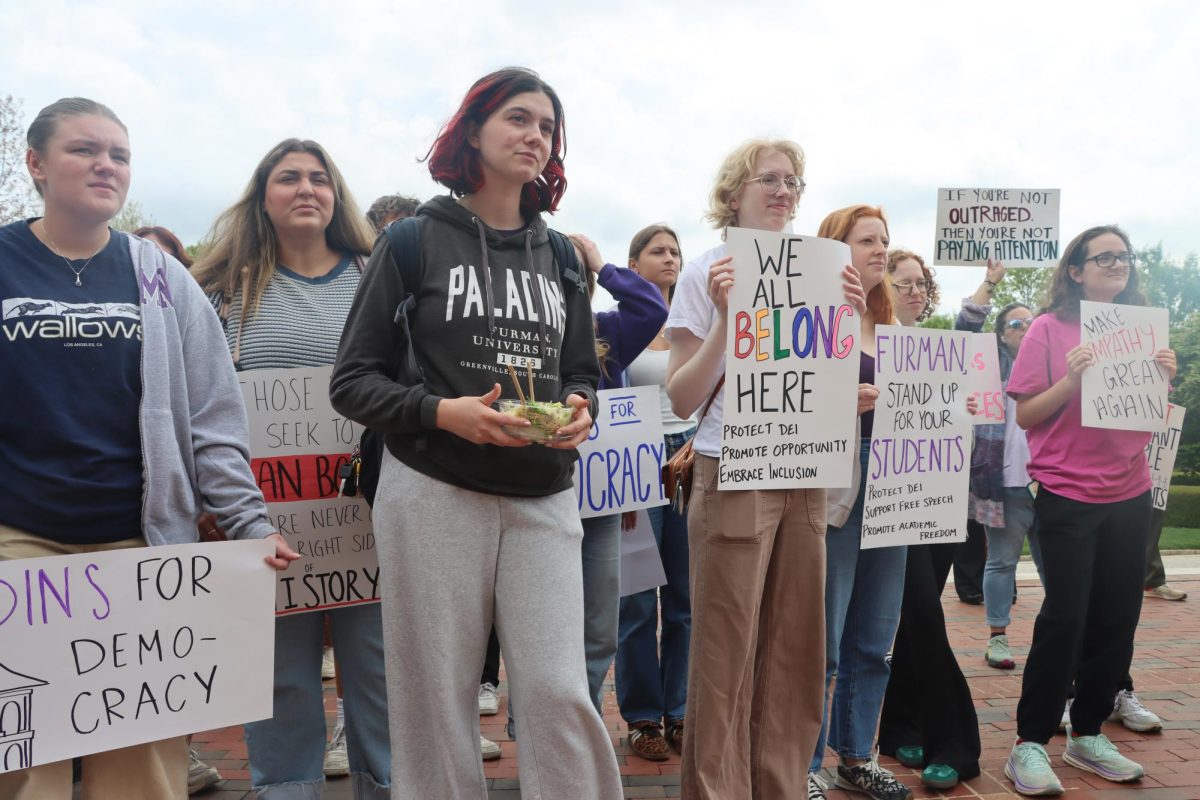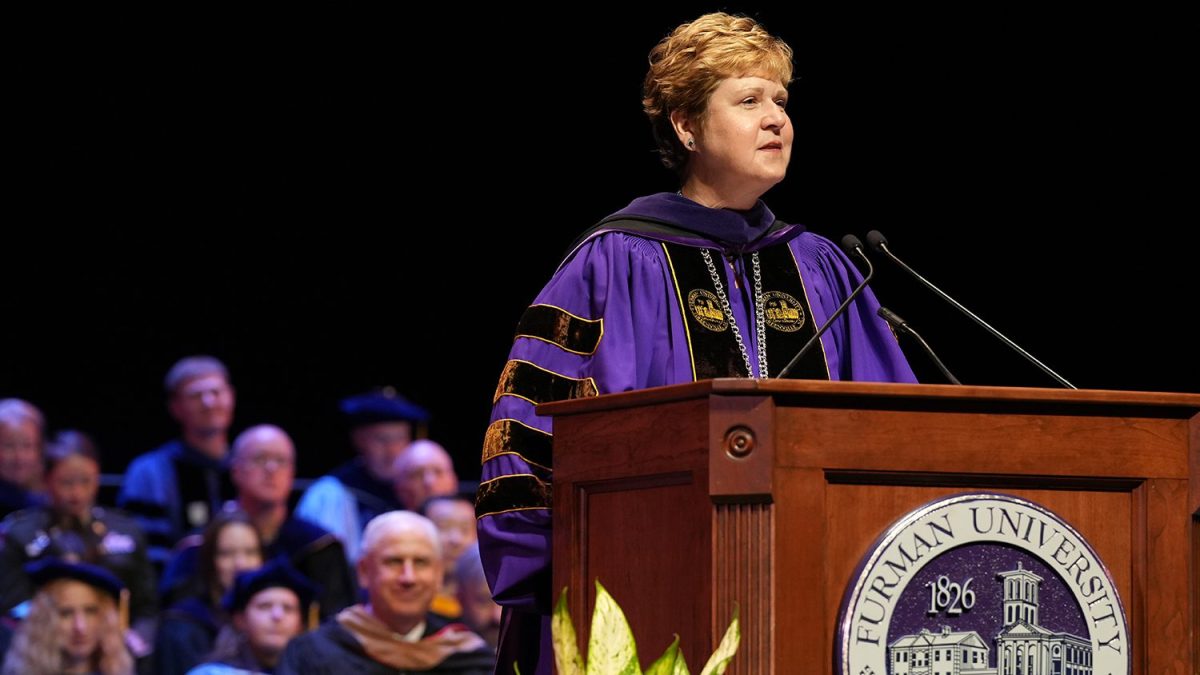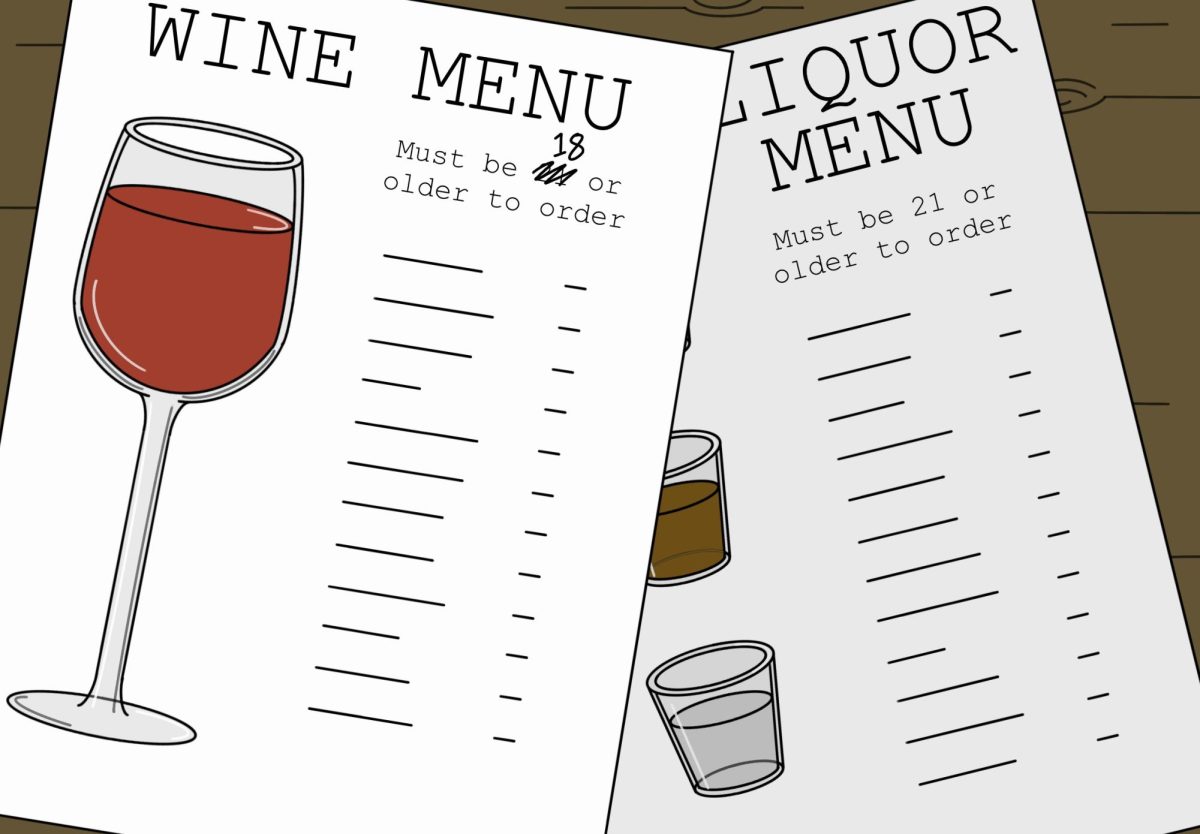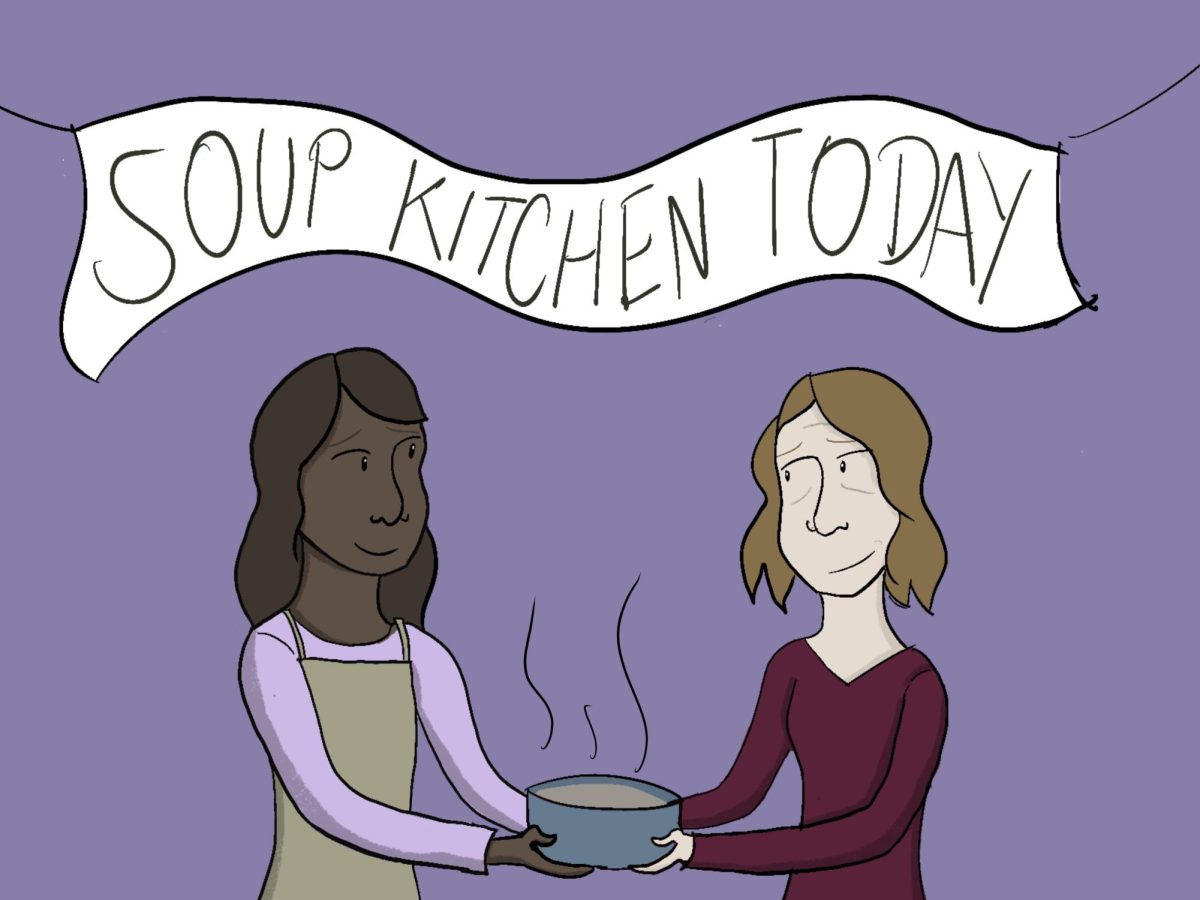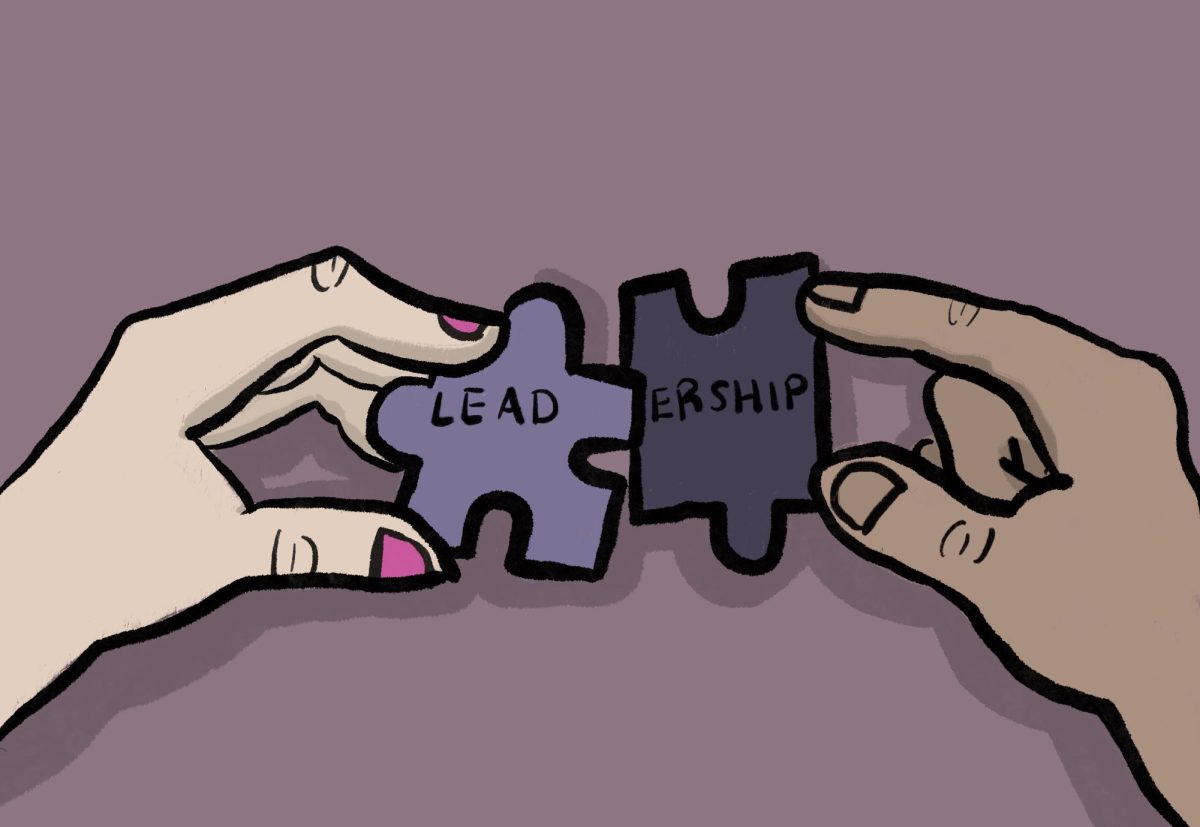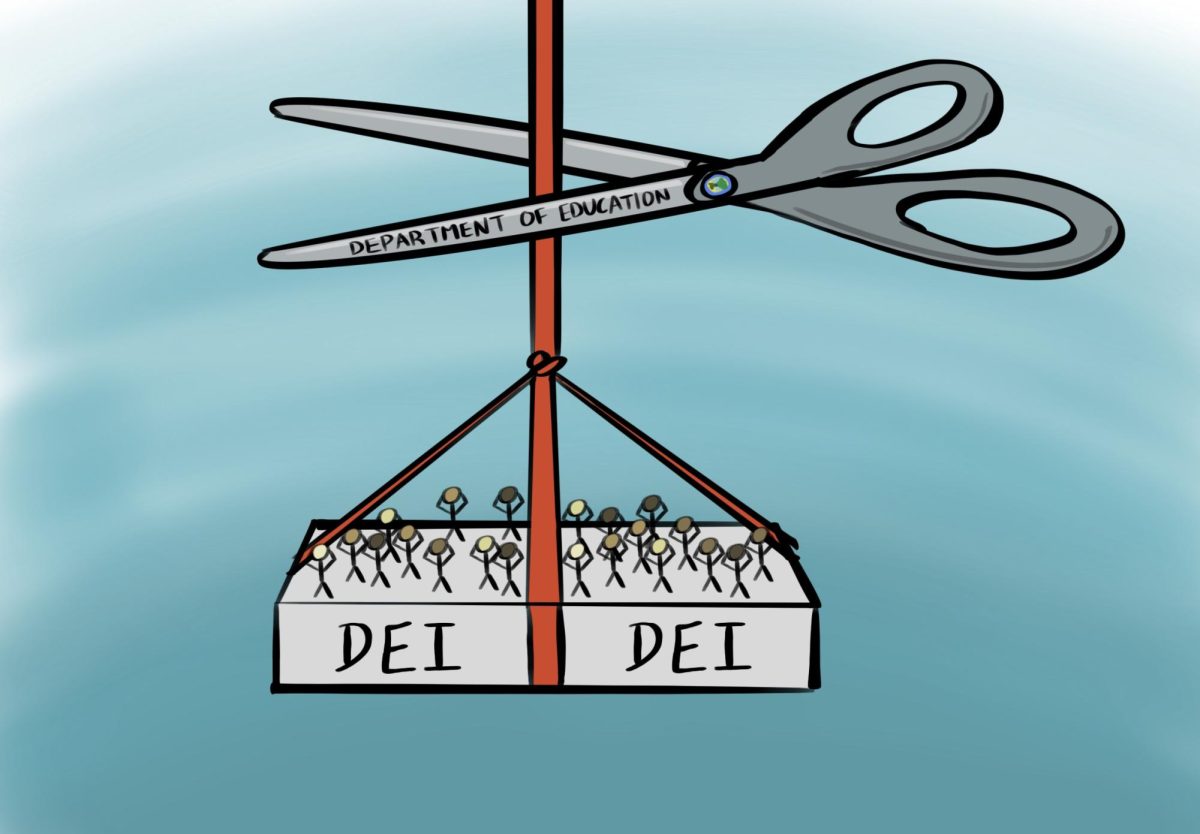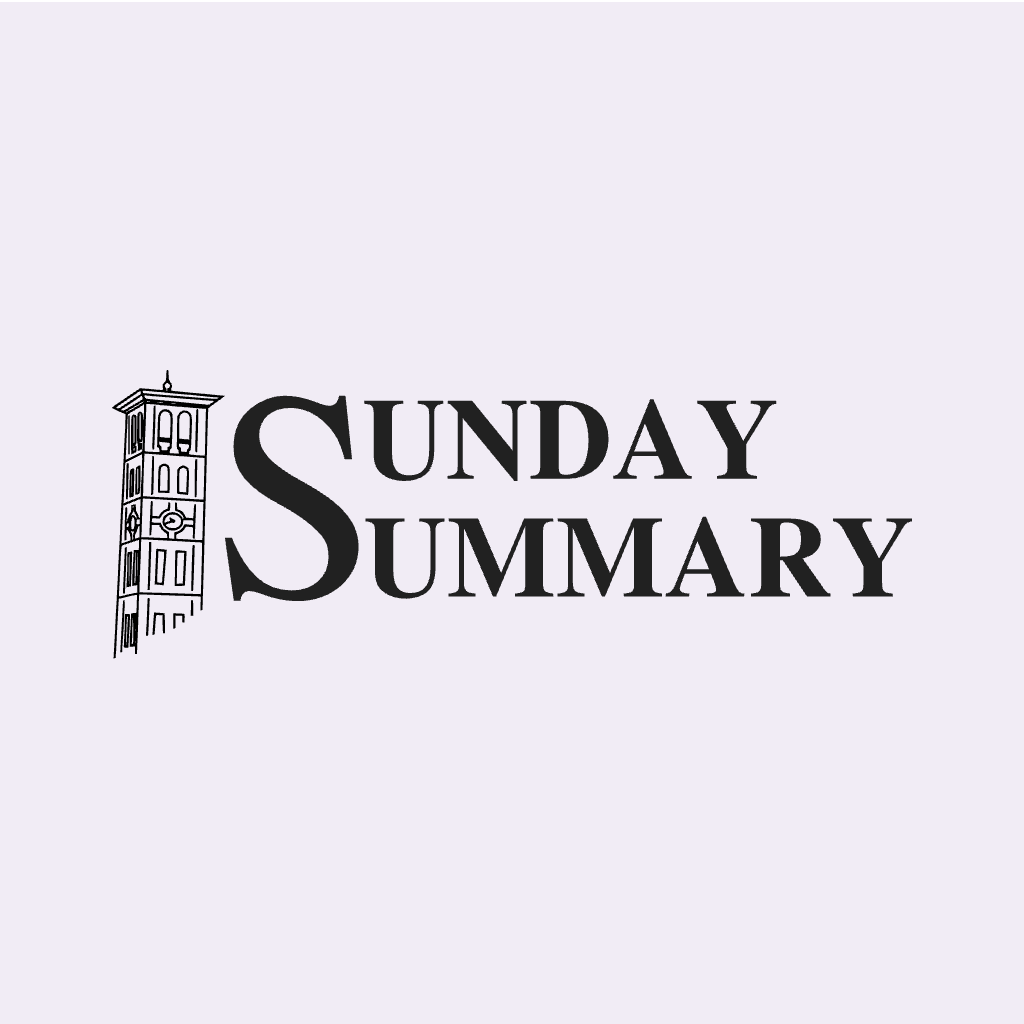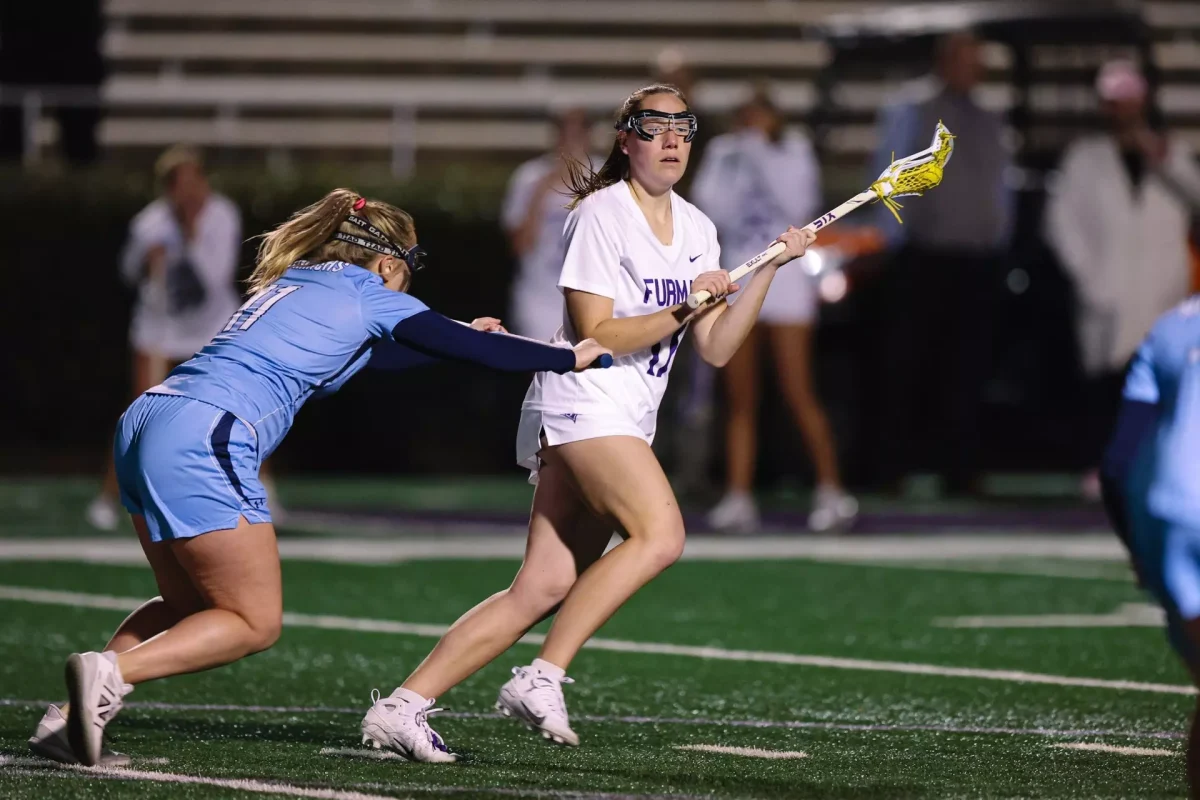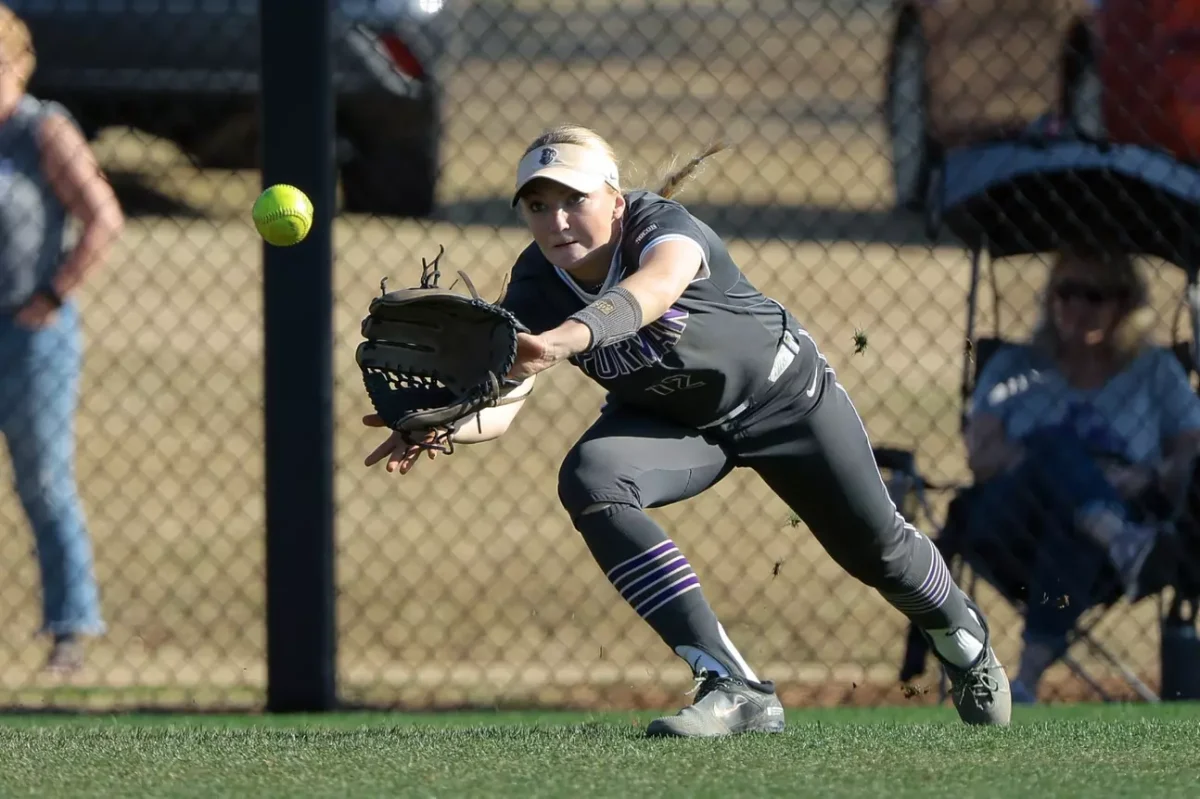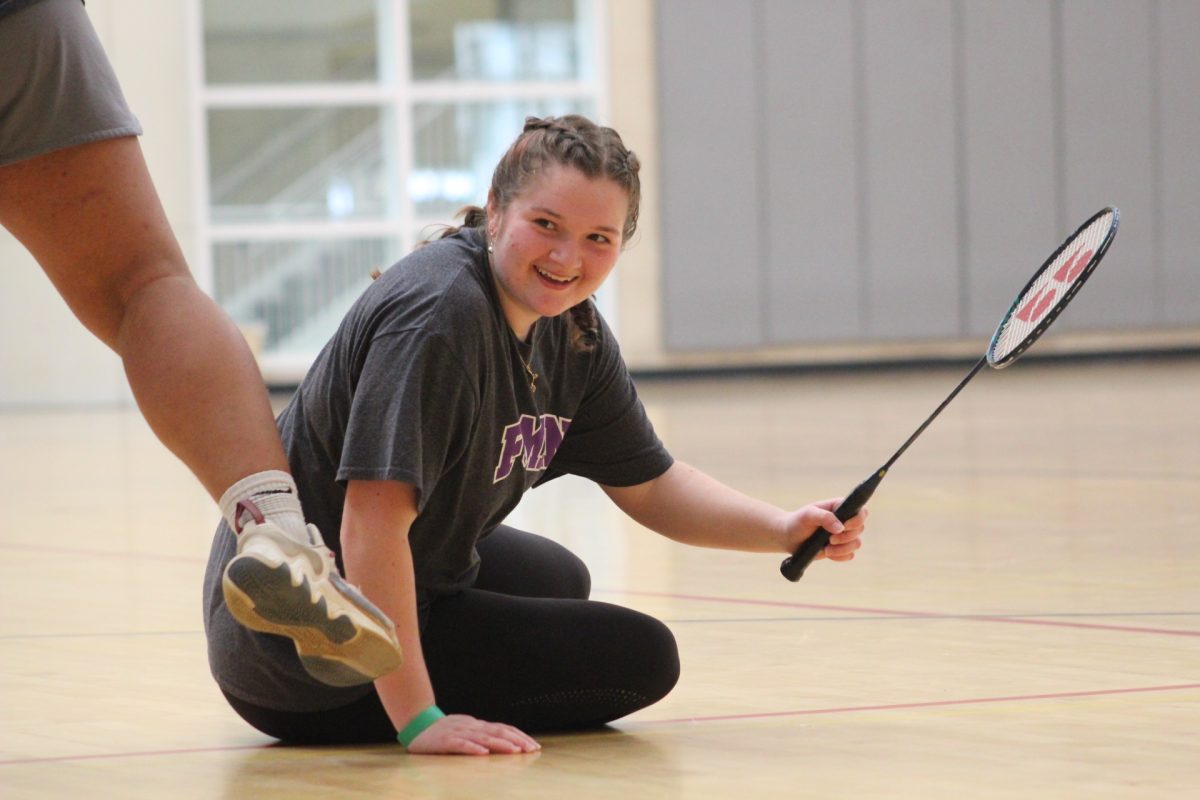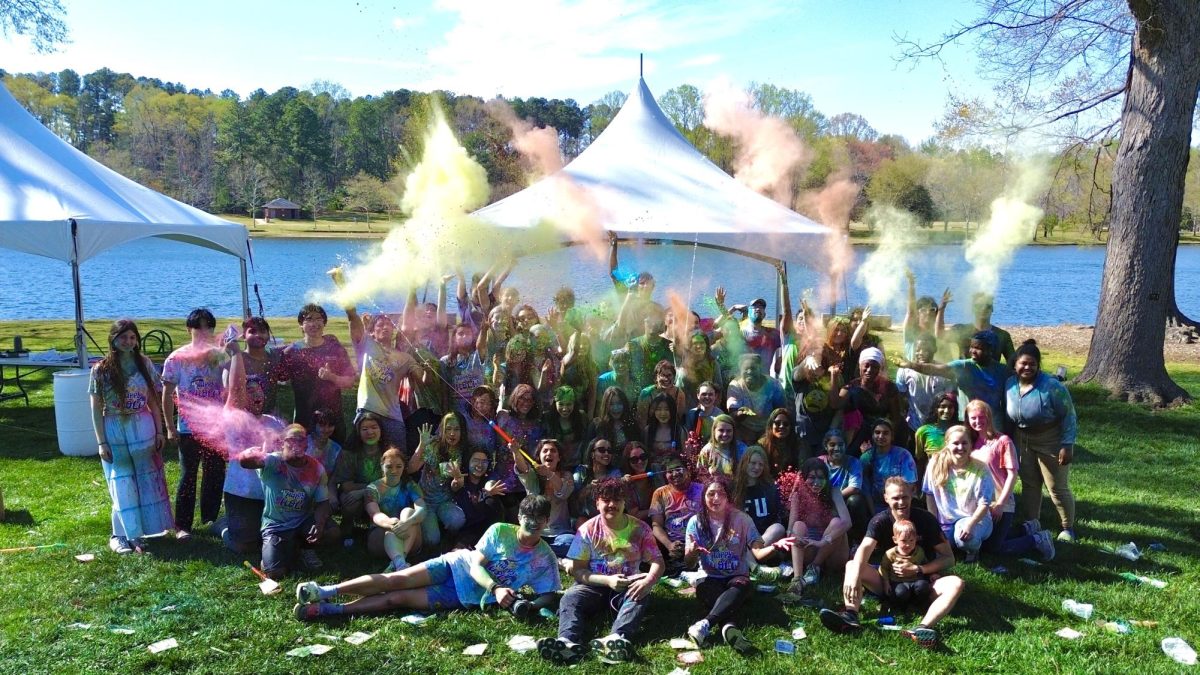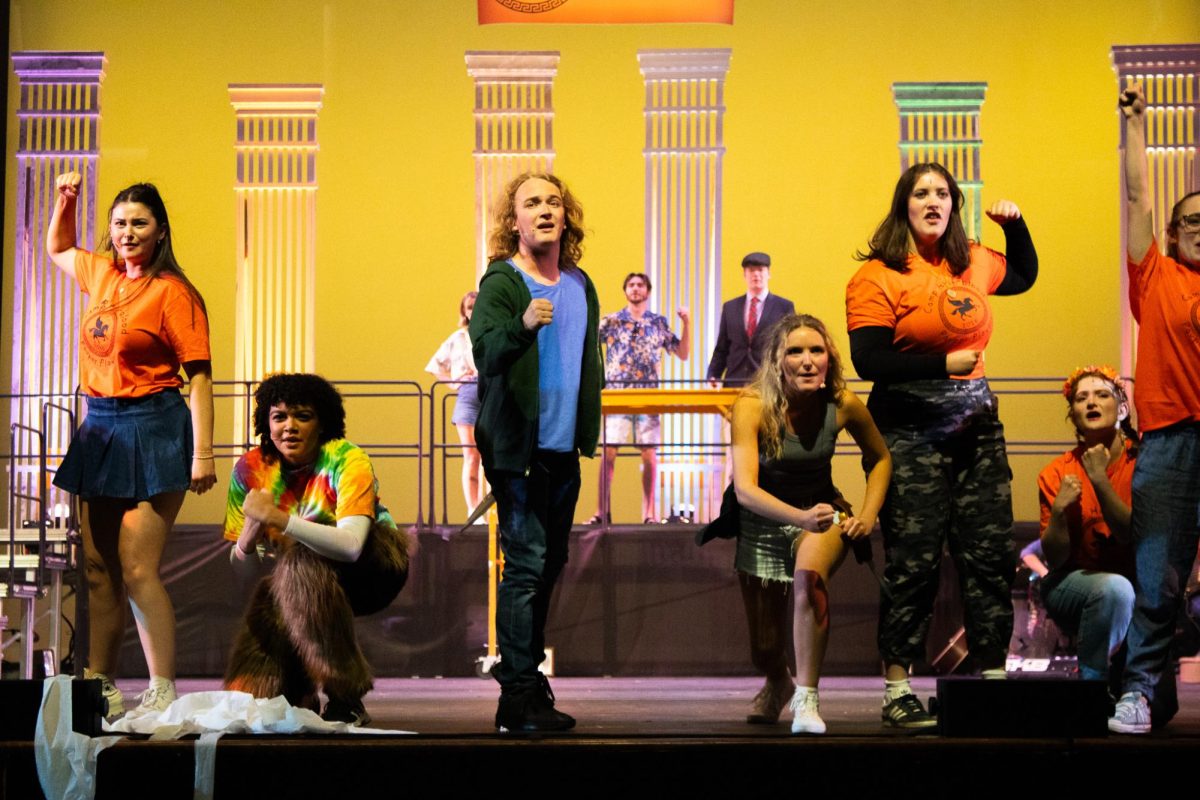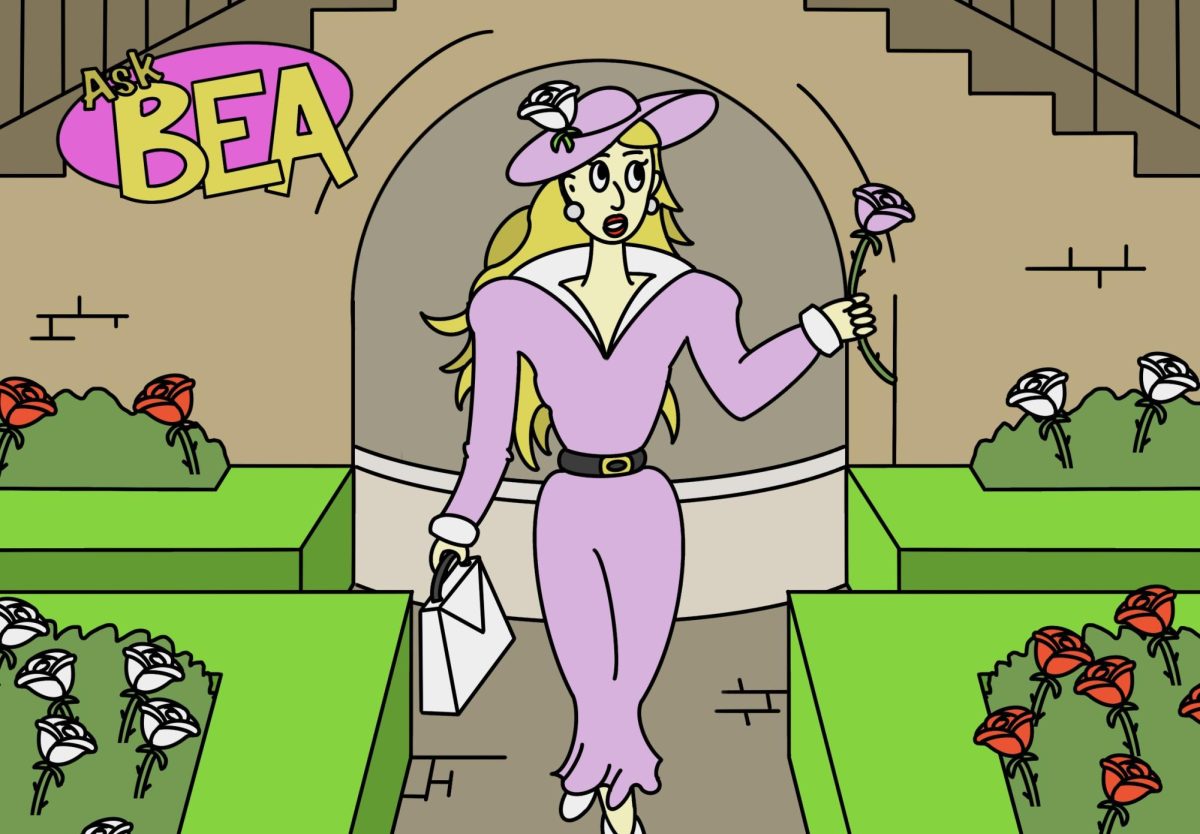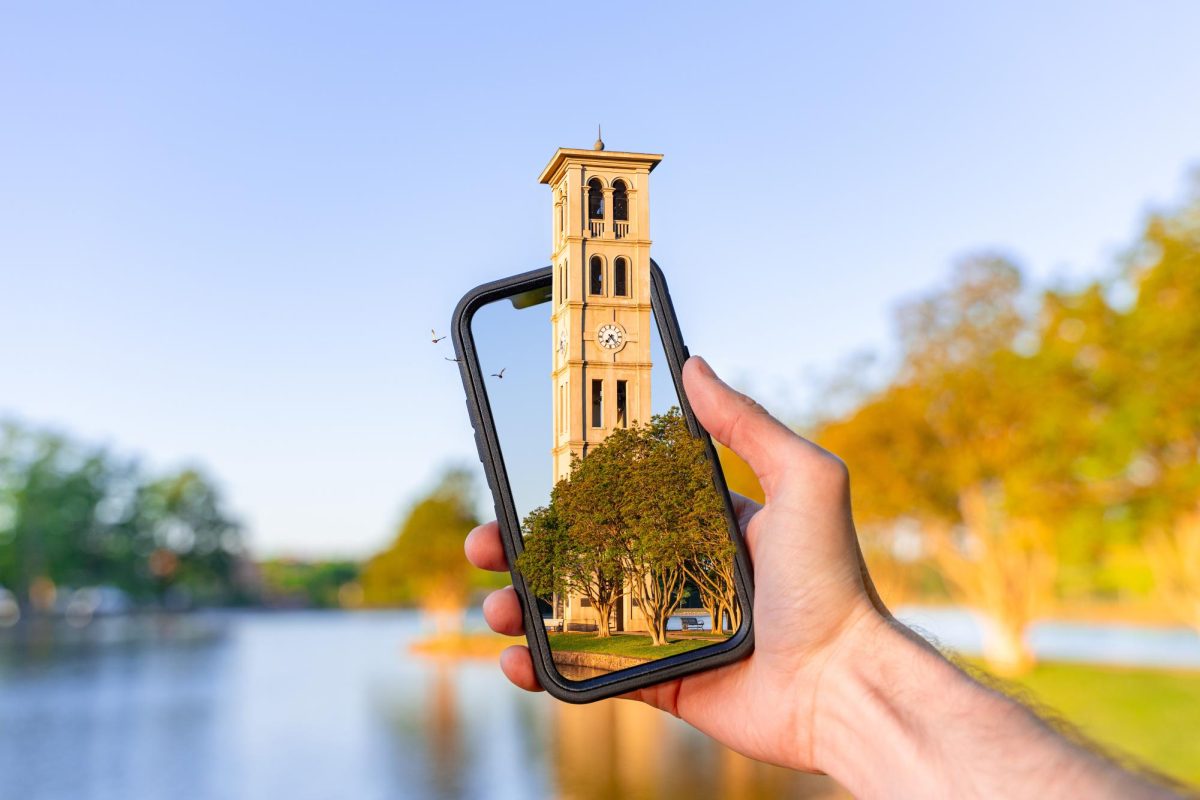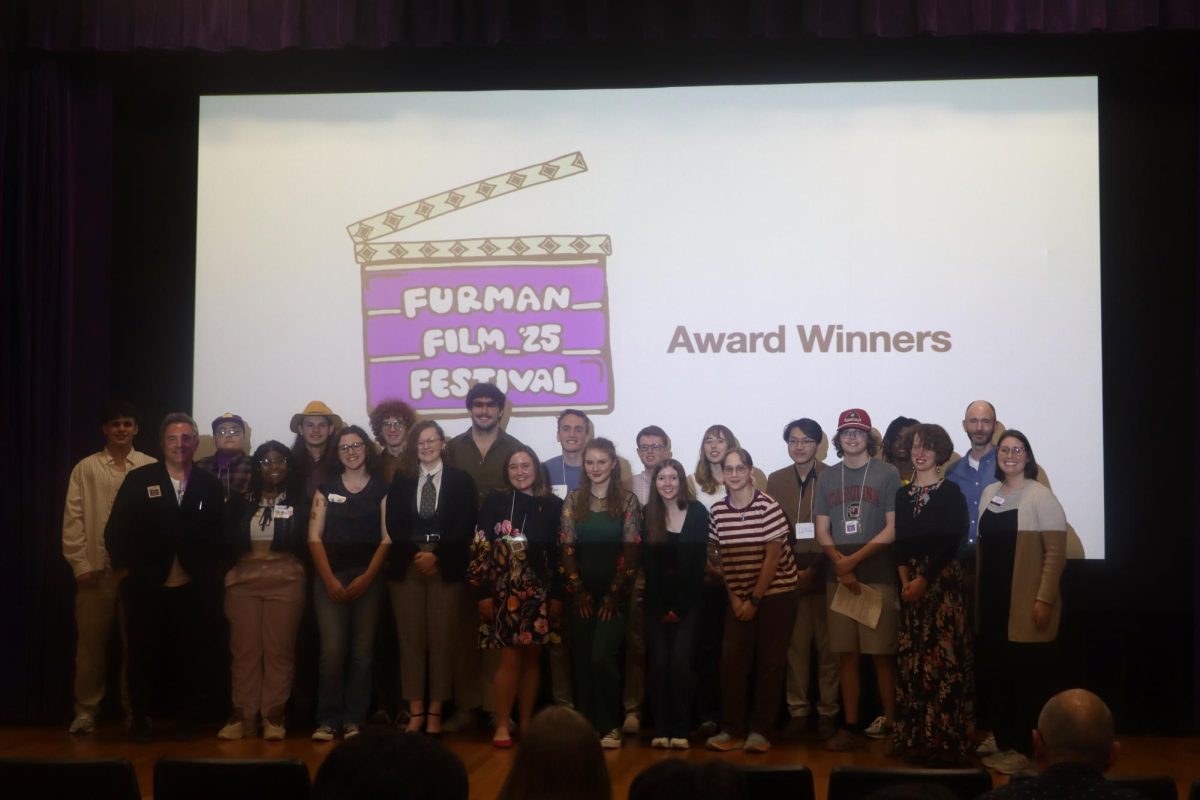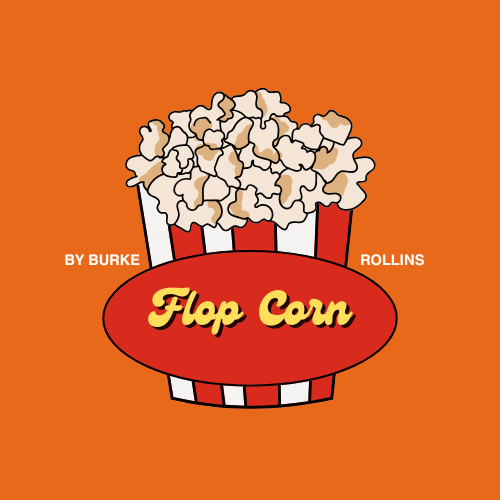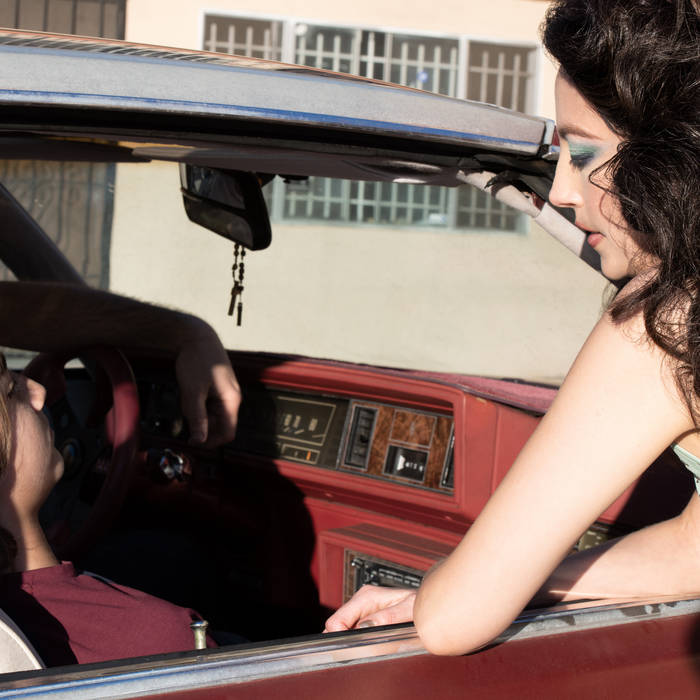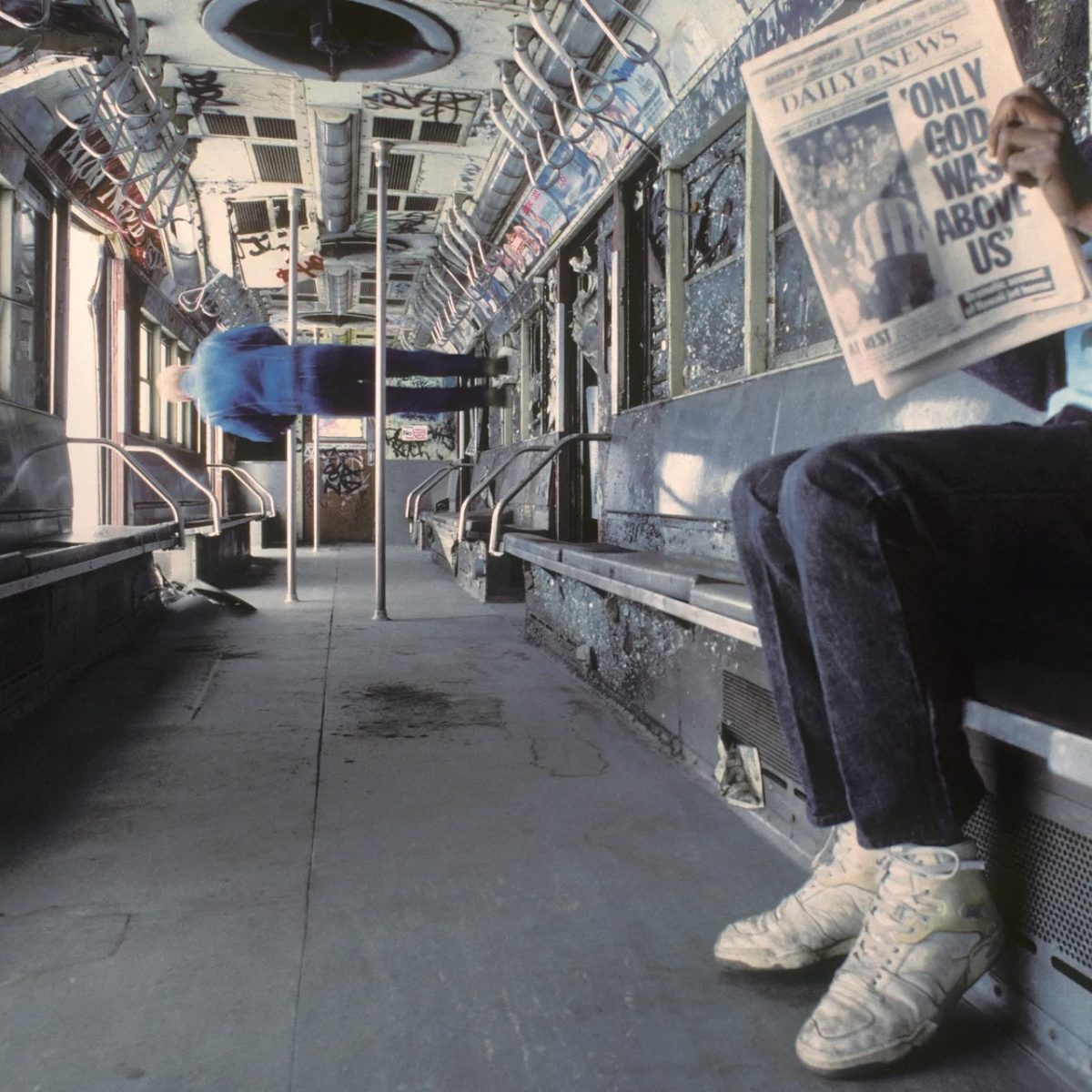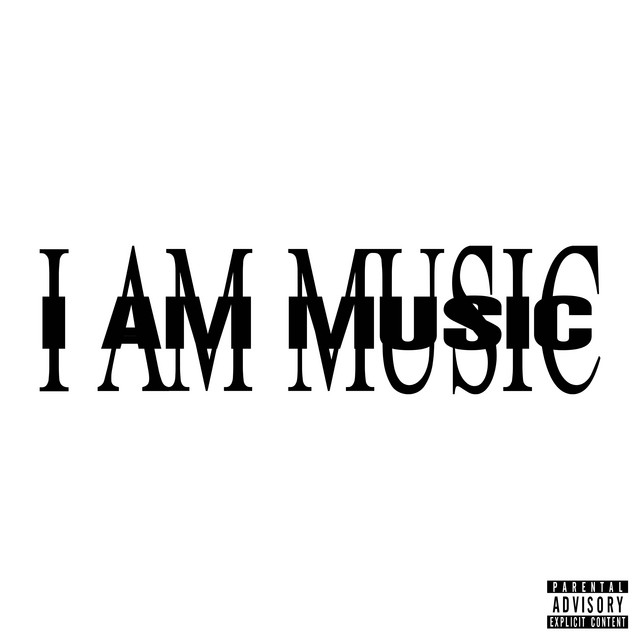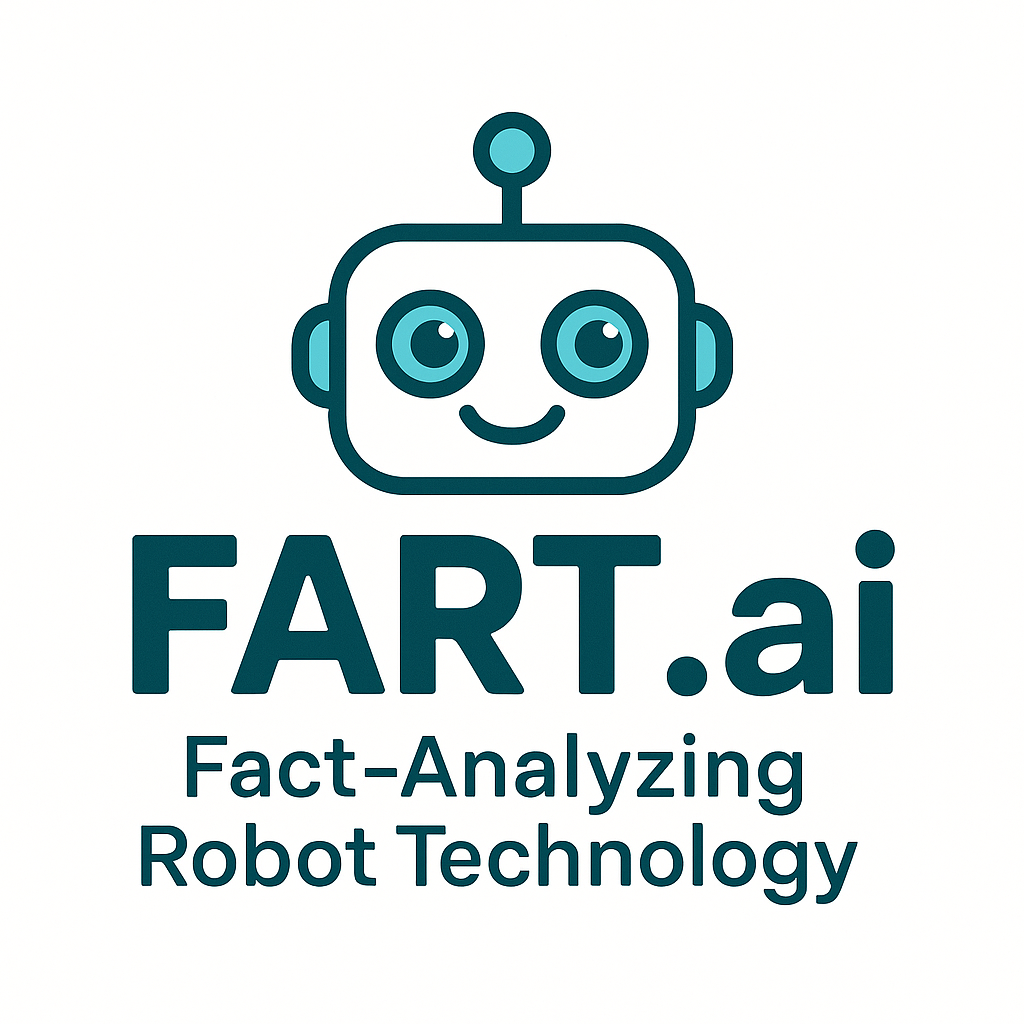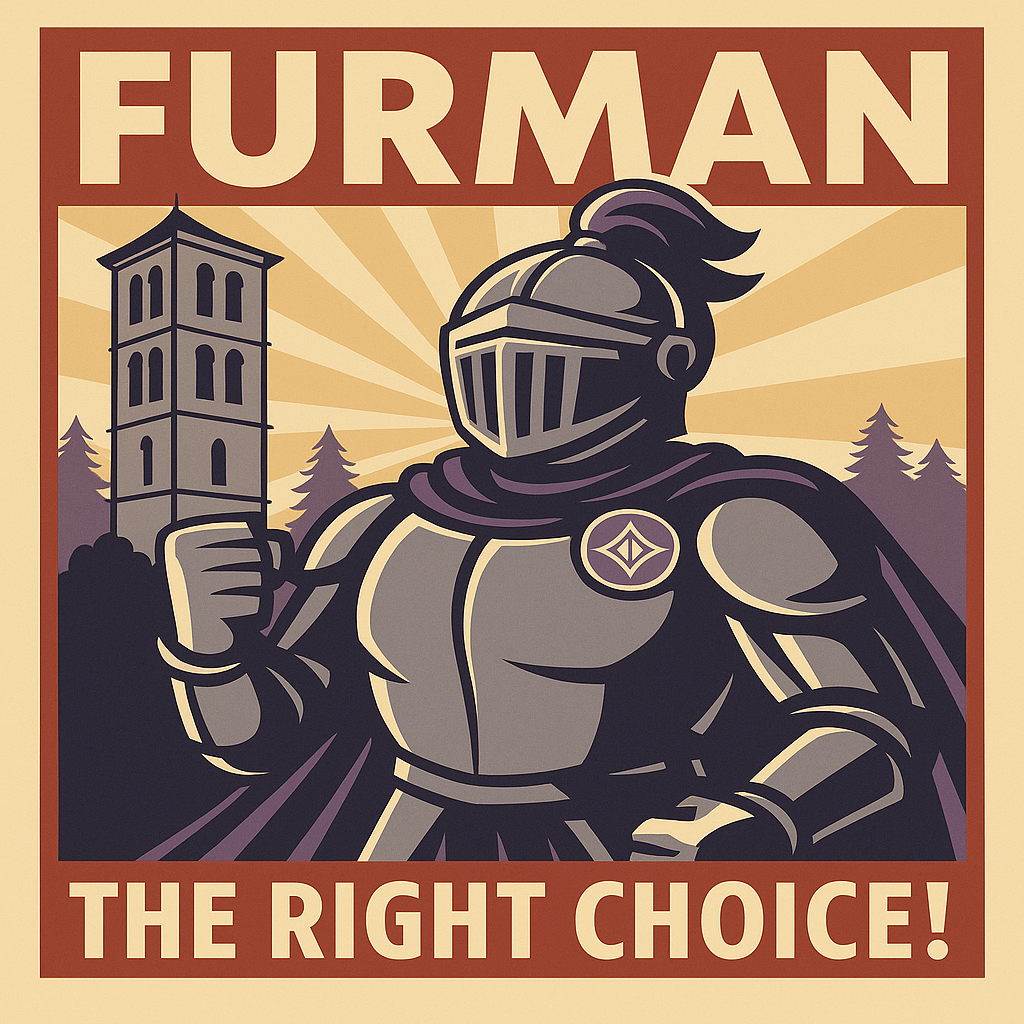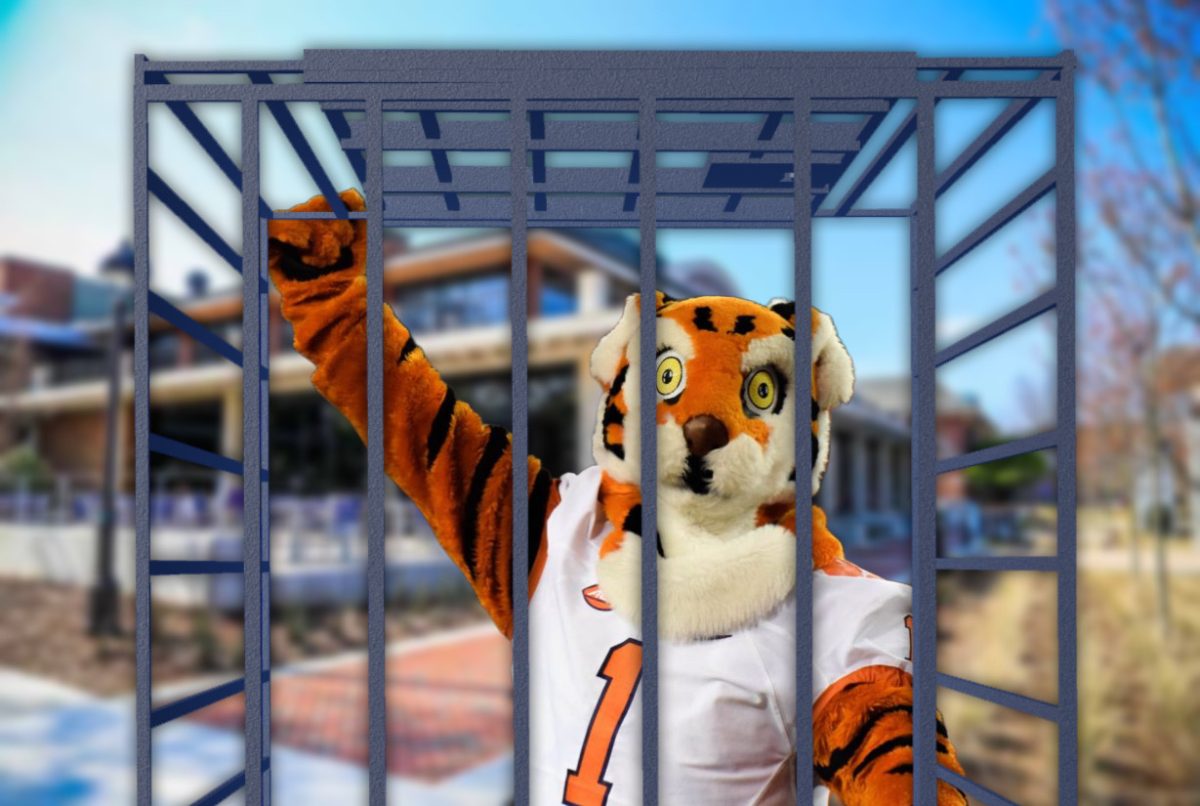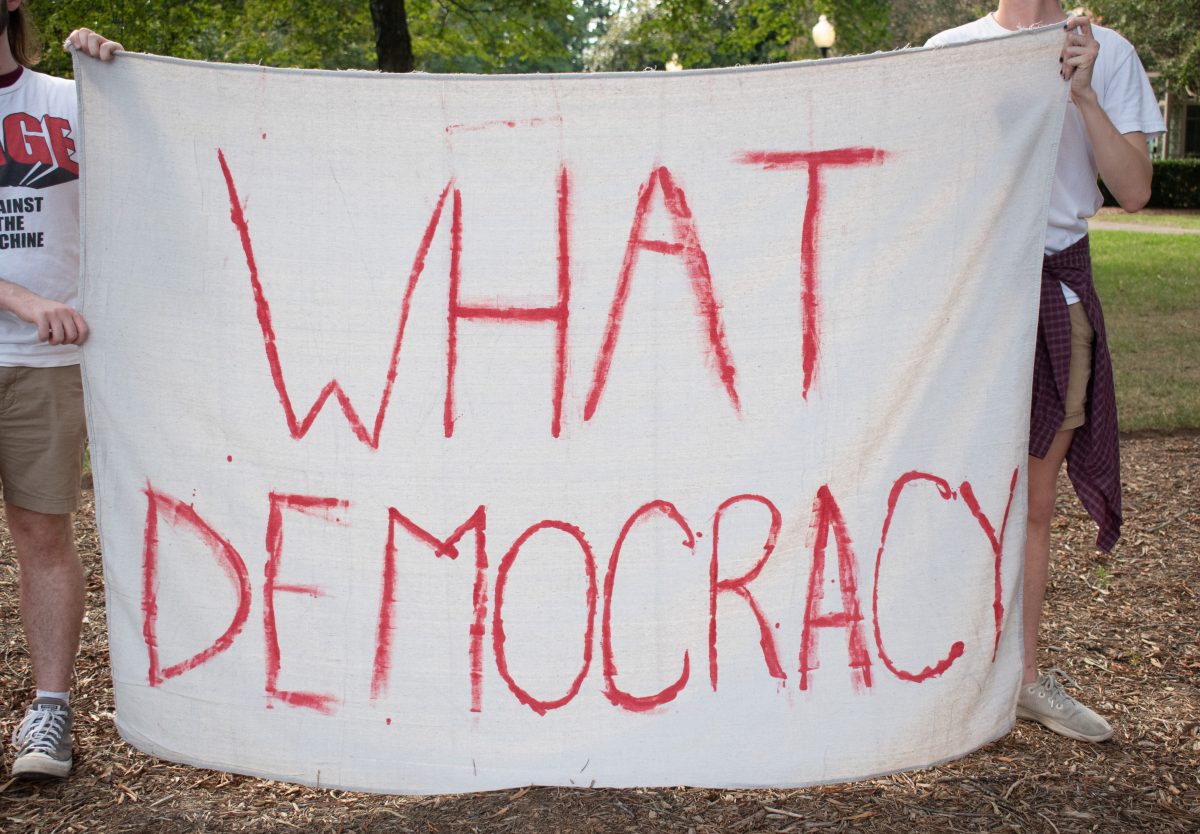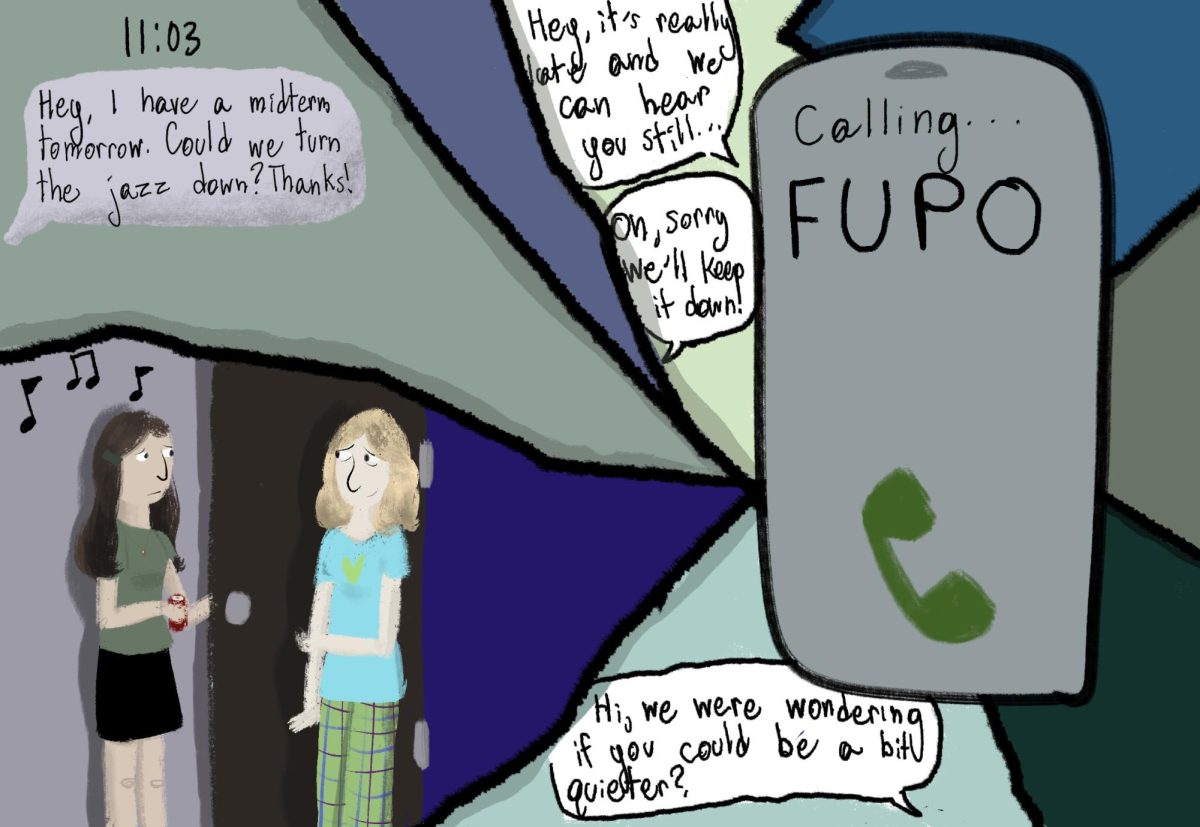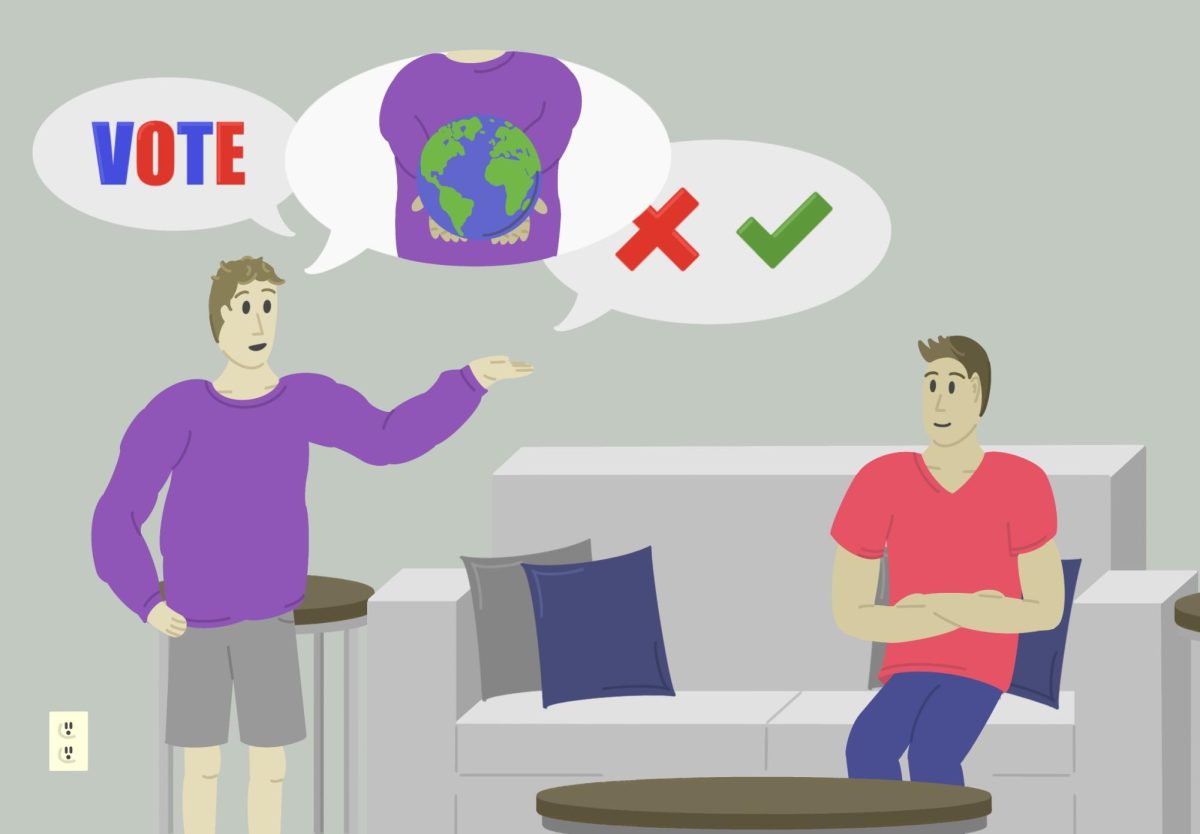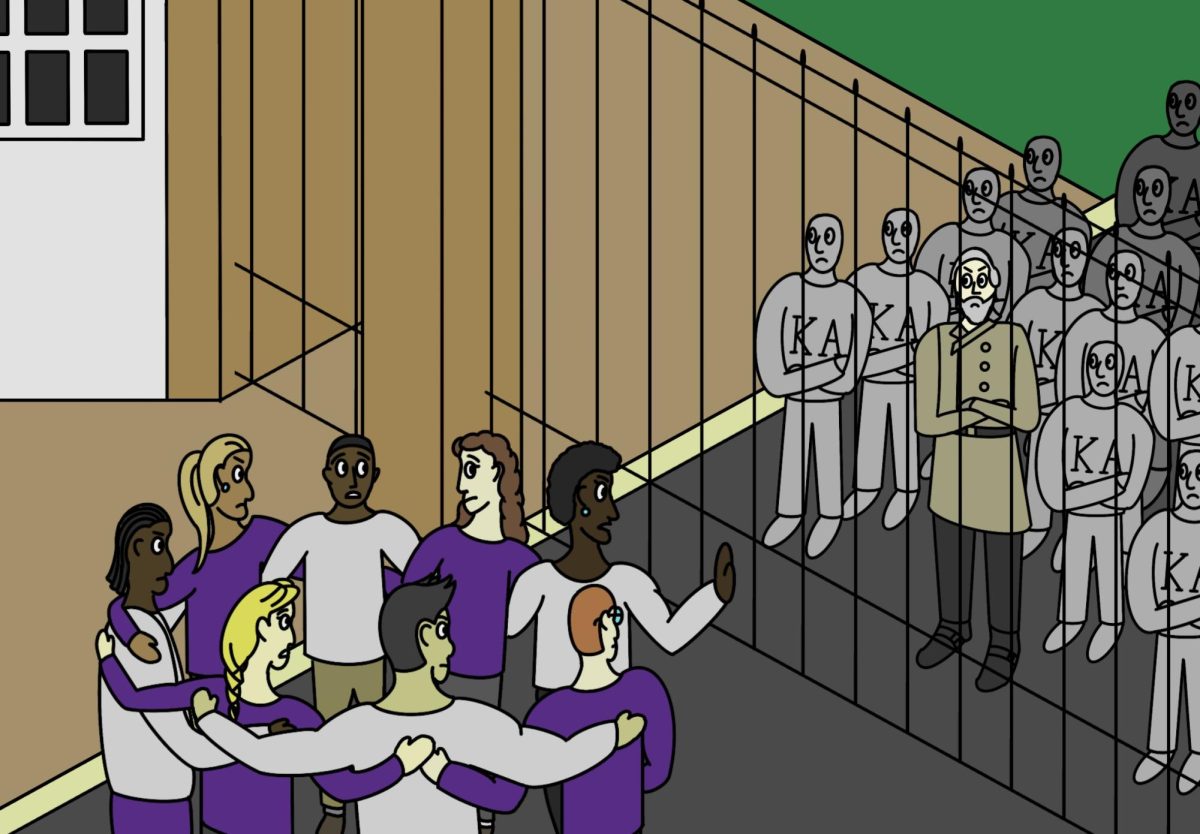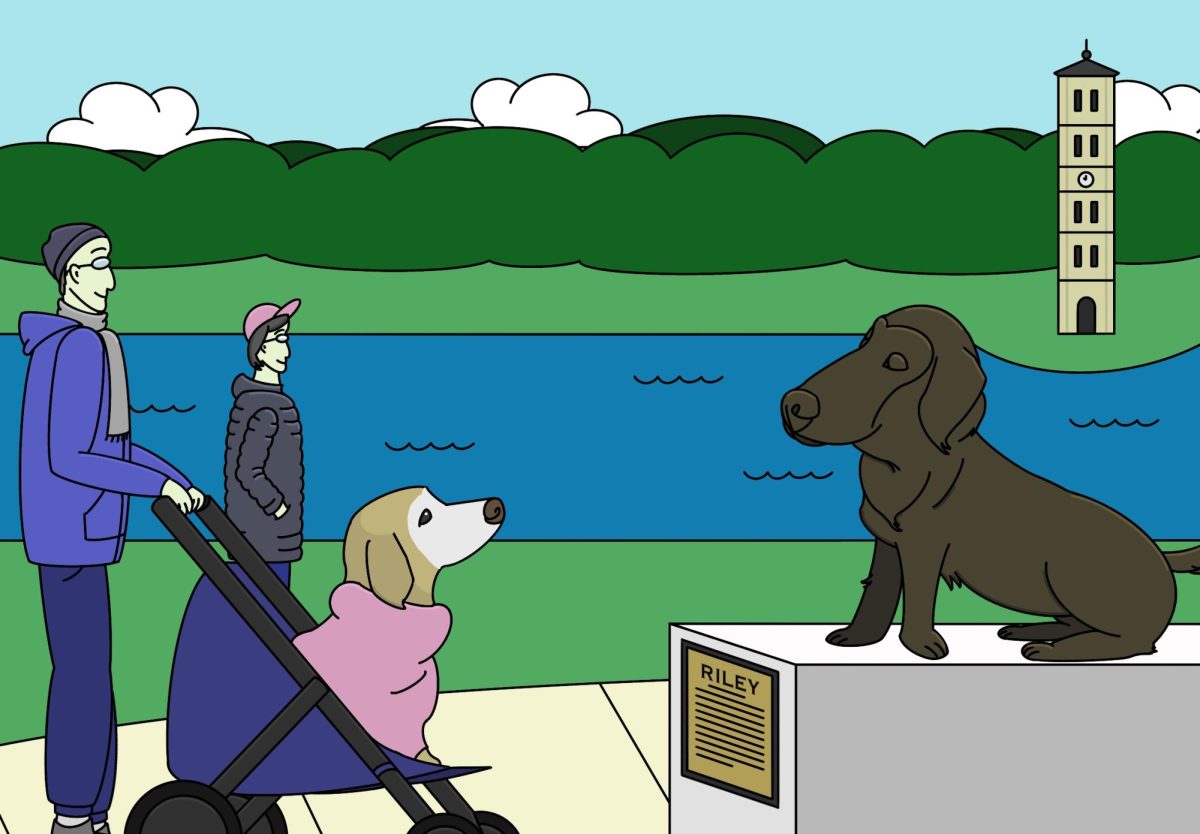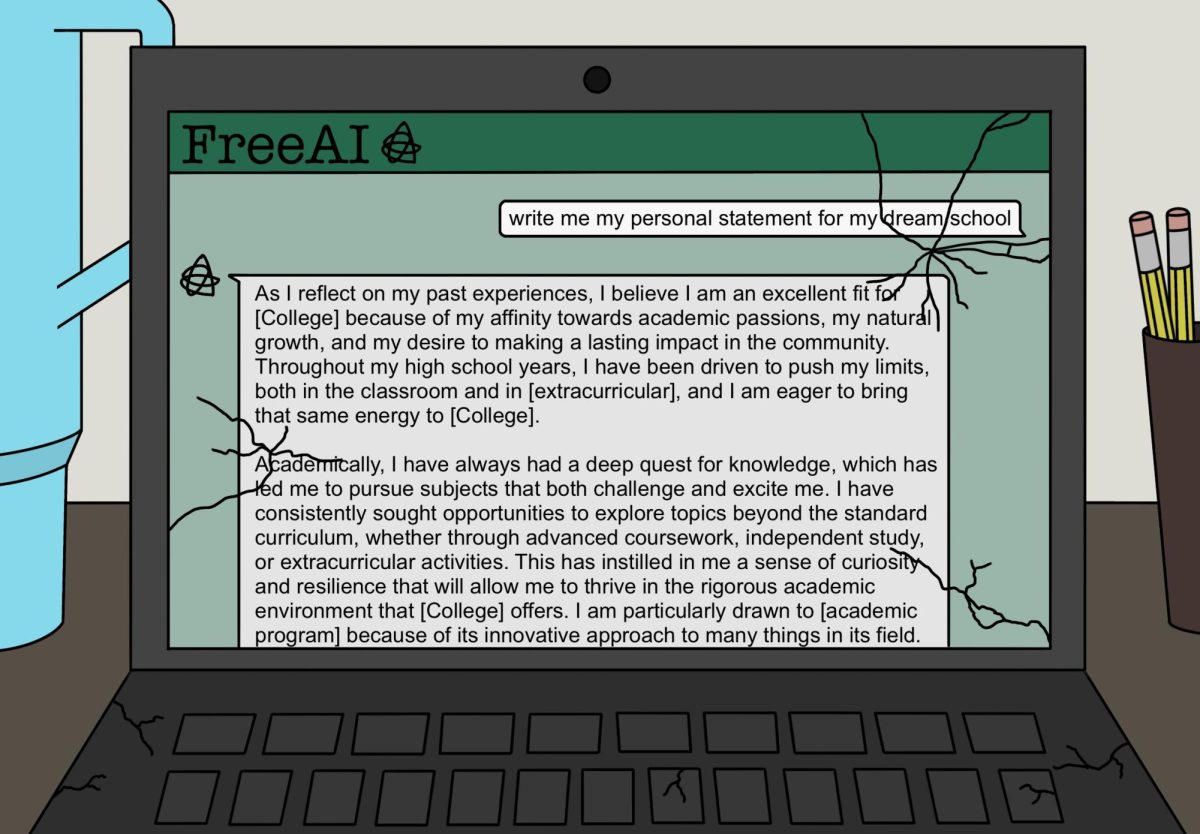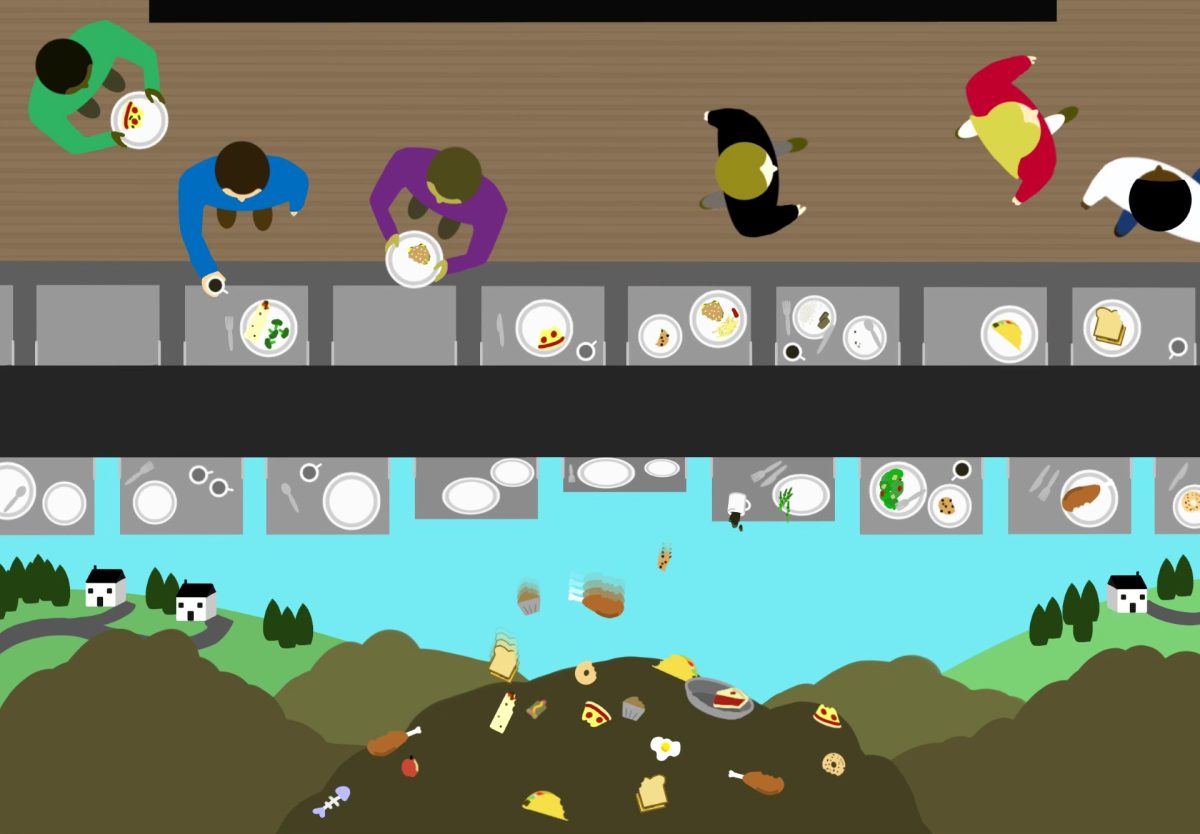Campus protests are a sign of students taking a critical view of their university. But these protests are only effective when their members have clear messaging, are open to discourse, and can effectively advertise their goal.
On Sept. 6, the Riley Institute and the Osher Lifelong Learning Institute (OLLI) hosted Georgia Secretary of State Brad Raffensperger and Lawrence Norden, the Senior Director of the Elections and Government Program at the Brennan Center, as the keynote speakers in the second part of StraightTalk: Our Fragile Democracy.
In their talk, titled “Free and Fair Elections: Protecting the Cornerstone of Our Democracy,” both speakers represented different ends of the political spectrum with Raffensperger being a life-long conservative who voted for Donald Trump in 2016 and 2020, and Norden describing his political beliefs as more left-leaning. Despite their differences, both men centered their conversation around the importance of upholding election integrity, as well as providing tangible facts about the work that is being done to ensure election safety.
Students walking into the CLP may have noticed a protest of Secretary Raffensberger organized by Furman YDSA (Young Democratic Socialists of America). Protesters held signs that stated, “What Does the King of Voter Suppression Know About Democracy?” “Rejecting Trump Was the Bare Minimum,” “Jim Crow Lives On in Georgia,” “Georgian Voters File Lawsuit on Raffensberger for Racial Gerrymandering,” and the largest, “WHAT DEMOCRACY.”
There are two crucial mistakes this protest made: a lack of clear messaging and a fundamental misunderstanding of the event they chose to protest. A key part of protesting is that the act of protesting is never the end in itself—there is either a call to action or a specific change the protest advertises. However, this protest had neither, at least to the outside observer.
All students could see were posters with extreme statements targeting Raffensperger that lacked any deeper attempt to educate the viewer with greater context. Without an open letter to the administration stating their concerns or anything that suggested the goal of their protest, students were left without a way to engage with the activism.
This protest also misunderstood why Raffensberger was invited to speak. Based on what their signage read, the organization seemed to be protesting Raffensberger for voting rights legislation he passed as Secretary of State that is viewed by some as voter suppression. He was not invited to campus to represent a conservative voice on voting legislation or to defend his record, but rather because he directly stood up to the president when he was asked to overturn the 2020 election results in Georgia. In his call to the president, as he did in his talk to the University, Raffensperger went through every accusation of the Georgia election results being corrupt. He proved each wrong, thus standing up to the leader of his party, the President of the United States. Secretary Raffensberger brings a viewpoint that is absolutely necessary for a conversation on election fairness after 2020.
Secretary Raffensperger’s actions that day took immense courage and were the result of a dedication to the ideals of a country that both he and Norden urged the audience to live up to.
The next time a student group is planning a protest, they should ask two questions. First is whether a protest is the most suitable and effective way for its voice and message to be received. Or, are there other ways to accomplish one’s goal, such as through on-campus discussions or an open letter to the administration? Second, if a protest is determined to be the most effective way, how can the message be clear to the audience, encourage open debate, and advertise a clear goal?
Protests and advocacy should have the goal of leading to further and richer discourse and education rather than division, something that is necessary now more than ever.

